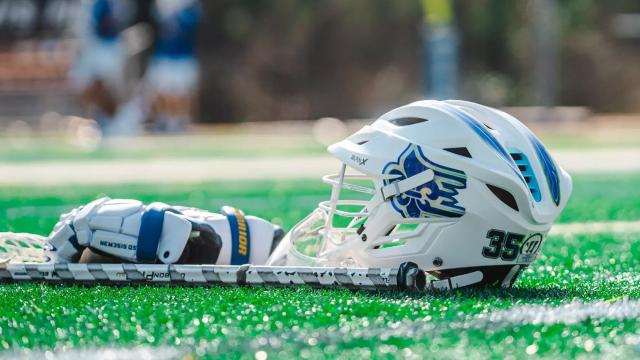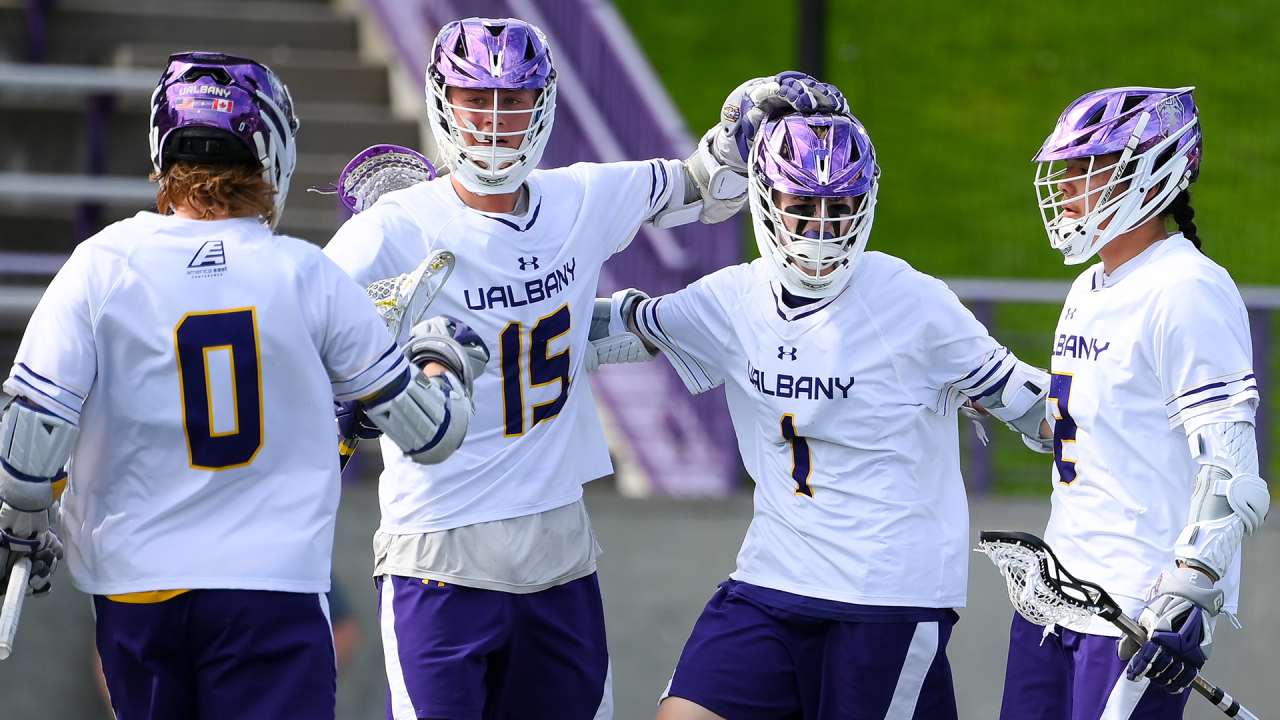
Way Early 2025 Rankings: Nos. 25-21 (Division I Men)
The late summer doldrums call for a lookahead to six months from now, when the 2025 college lacrosse season will begin.
Most transfers have found their landing spots and most coaching vacancies have been filled. And while it’s too early to know exactly every team's makeup — heck, most schools haven’t even posted rosters yet — it’s never too early to project who will be the top contenders.
Up first in our Way Early 2025 Division I Men's Top 25: a tie at 25 and four more teams with winning potential.
T-25. PROVIDENCE
2024 record: 7-8 (3-2 Big East)
Last seen: Nearly ending Georgetown’s reign of more than half a decade as kings of the Big East tournament before giving up four of the final five goals in a 14-13 overtime loss in the conference semifinals.
Projected starts lost: 75 of 150 (50 percent)
Projected scoring departing: 83 of 277 points (30 percent)
Initial forecast: This might seem like a curious inclusion, but the Friars are clearly coming, and it won’t be long before they arrive as a serious contender to land an NCAA tournament berth. Providence has shot better than 30 percent in both of its seasons under Bobby Benson, and it brings back its entire starting attack: the exceptional Ryan Bell (21 goals, 45 assists), who was the Big East Offensive Player of the Year and might still be underrated nationally, Richie Joseph (41 goals, 12 assists) and Jack Horrigan (26 G, 6 A).
There are undoubtedly things to sort out in Friartown, where there will be a new starting goalie (2023 Big East Goalie of the Year James Corasaniti graduated) and a revamped first midfield. Further progress is needed on faceoffs, but Providence’s improvement there in 2024 (40 percent to 44.4 percent) was promising.
The Friars caused headaches for both Denver (they were within a goal with four minutes left before the Pioneers pulled away 7-4) and Georgetown this past spring. If things break right, the gap could get even smaller next year.
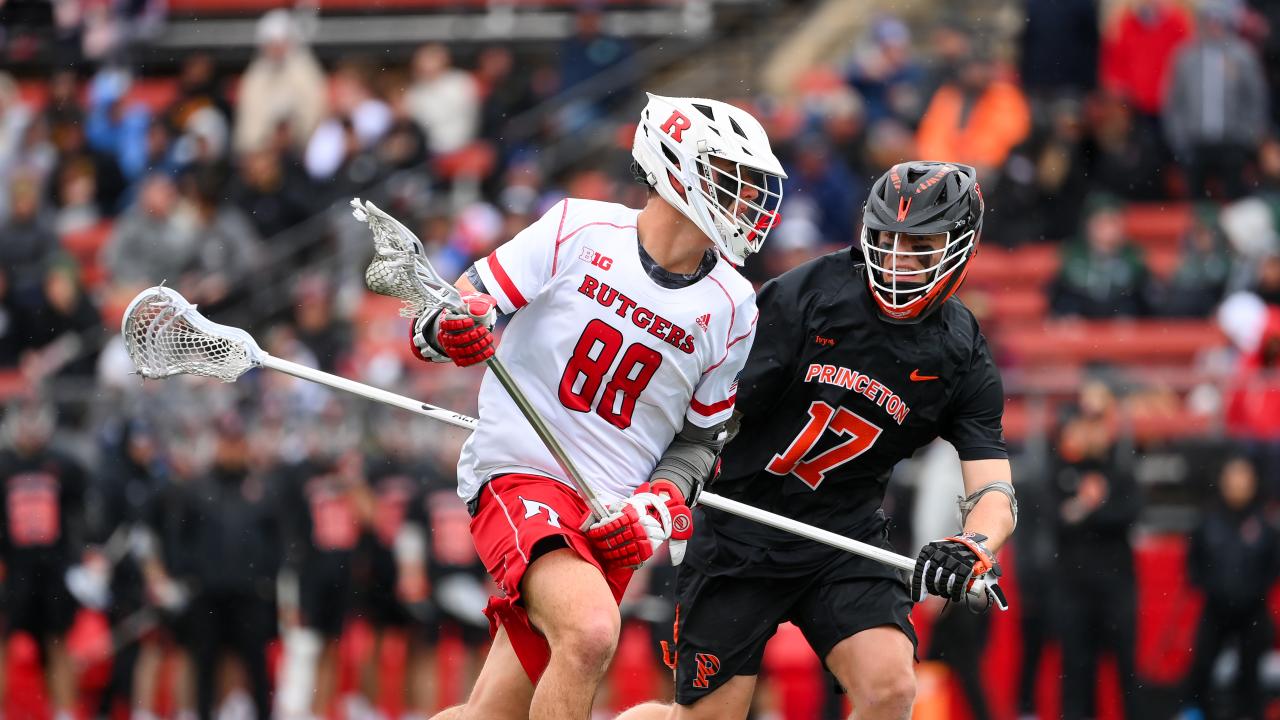
T-25. RUTGERS
2024 record: 7-7 (1-4 Big Ten)
Last seen: Closing out the year with consecutive six-goal losses to Penn State, including a 14-8 loss on the road in the Big Ten quarterfinals.
Projected starts lost: 52 of 140 (37.1 percent)
Projected scoring departing: 128 of 219 points (58.4 percent)
Initial forecast: The Scarlet Knights made their living in the portal in the COVID-19 era, and there just aren’t as many plug-and-play options to be found via transfer as there were in the summers of 2020 and 2021. That doesn’t mean there aren’t some potentially valuable additions — faceoff specialist Ethan Barnard (60.7 percent at Division III Bowdoin) and midfielder Kasey Mongillo (33 goals, 5 assists) stand out — but Rutgers is going to lean heavily on in-house development to move back into the top half of the Big Ten.
That’s especially true at the offensive end, where mainstays Shane Knobloch and Ross Scott have graduated. There are some proven options in place, including attackman Colin Kurdyla (20 goals, 10 assists as a freshman) and goalie Cardin Stoller (54.1 save percentage), but the Scarlet Knights have a lot of holes to fill as they look to get back to the postseason for the first time since their run to the NCAA semifinals in 2022.
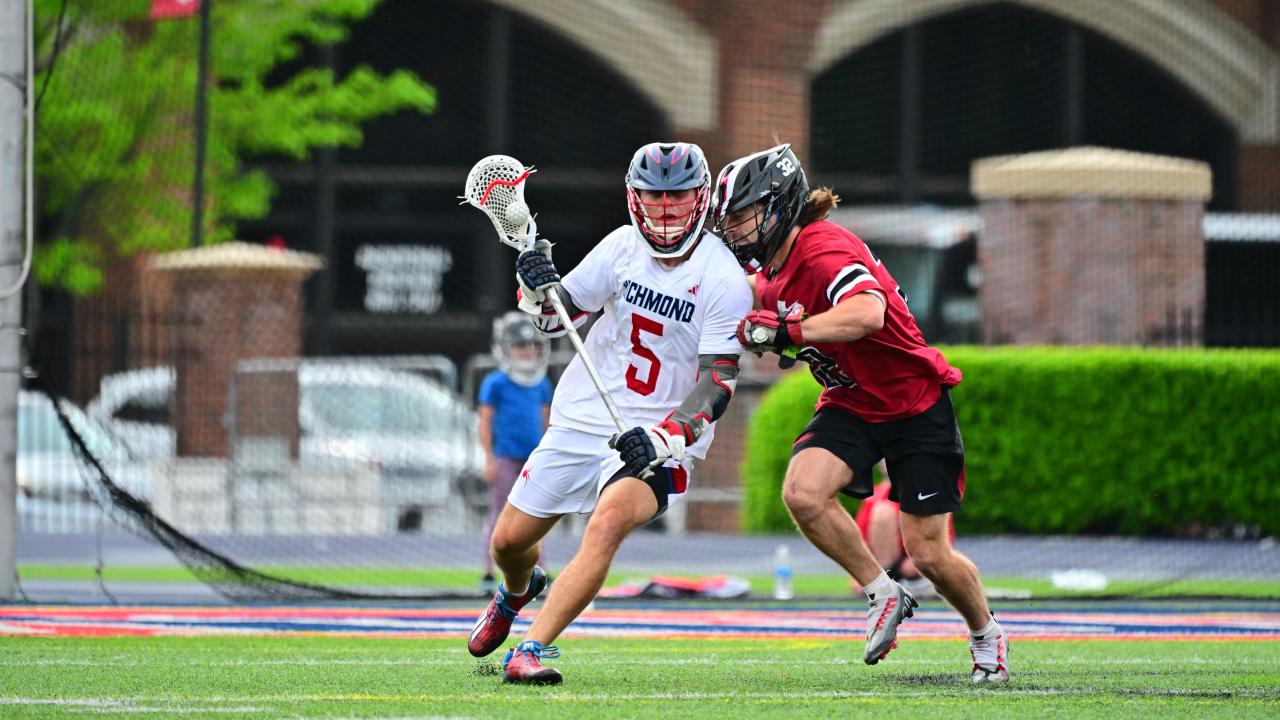
24. RICHMOND
2024 record: 10-6 (4-1 Atlantic 10)
Last seen: On the wrong end of Saint Joseph’s star Levi Anderson’s monster seven-goal day in the Atlantic 10 final, a 17-13 loss that denied the Spiders a third NCAA tournament trip in a row.
Projected starts lost: 63 of 160 (39.4 percent)
Projected scoring departing: 175 of 341 points (51.3 percent)
Initial forecast: Graduation took a significant bite out of the Spiders’ production, and yet this is a program that has reached a conference title game in every full season of its existence. A little more than a decade into its steady run as a Division I program, Richmond has earned the benefit of the doubt, even if replacing Dalton Young (36 goals, 39 assists), Lance Madonna (26 goals, 13 assists) and Duke-bound Luke Grayum (37 goals, 10 assists) isn’t going to be easy. (Also, don’t forget about Jeff Nugent and Joe Gooley, who were ace short-stick defensive midfielders last spring as seniors.)
Aidan O’Neil (31 goals, 20 assists) will become even more prominent in the Spiders’ offense, and a name to keep an eye on is Gavin Creo (8 goals, 4 assists), who was a highly touted attackman upon arriving last season but joined a program with entrenched attackmen.
Richmond is especially reliable at the defensive end, and junior defenseman Hunter Smith and redshirt senior goalie Zach Vigue were both first-team All-Atlantic 10 picks. The Spiders might not be as likely to throw a scare into a top-10 team (as they did last year to Maryland and, to a lesser extent, Virginia), but they’re still going to be sound and a threat to win the A-10.
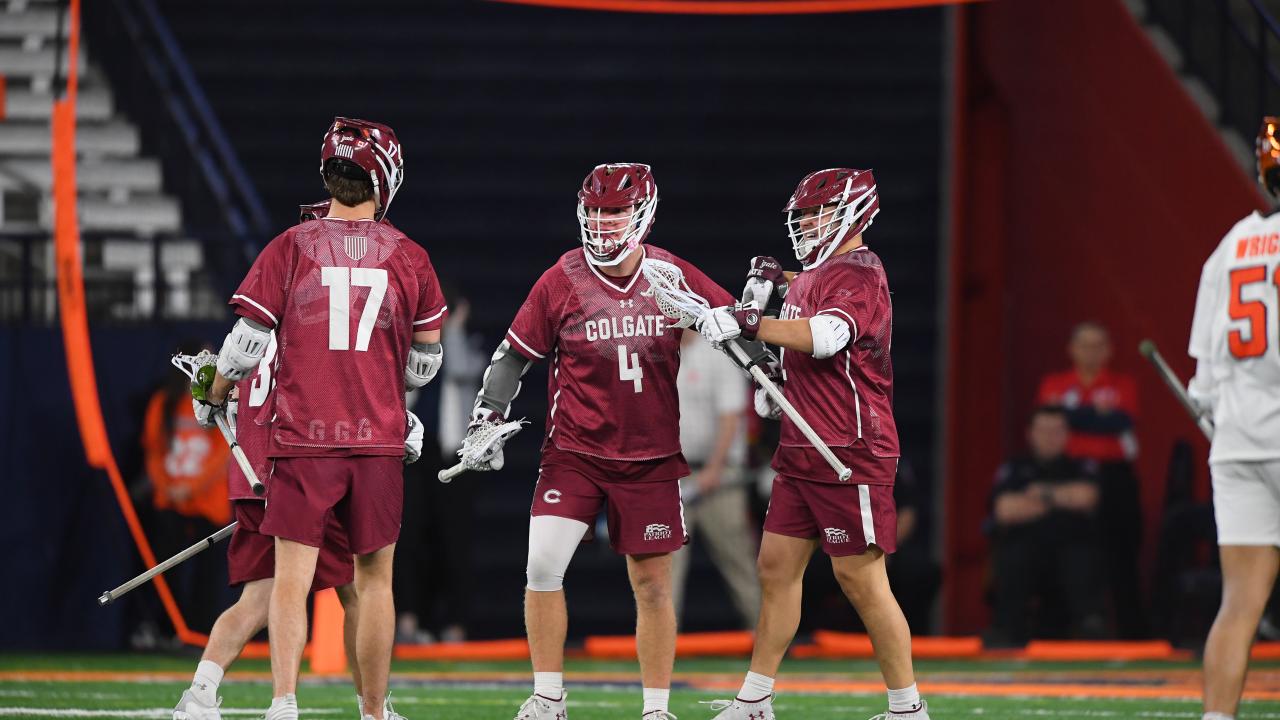
23. COLGATE
2024 record: 8-7 (5-3 Patriot League)
Last seen: Watching Boston University celebrate an 18-17 triple-overtime victory in the Patriot League semifinals on a goal that broke the last of the game’s 14(!) ties.
Projected starts lost: 33 of 150 (22.0 percent)
Projected scoring departing: 57 of 310 points (18.4 percent)
Initial forecast: After a major step forward in 2024, the Raiders have the pieces to contend for their first NCAA tournament trip since 2015. The top three scorers — seniors-to-be Rory Connor (30 goals 35 assists) and Jack Turner (40 goals, 7 assists) and junior Hunter Drouin (38 goals, 14 assists) — are all back, as are seven of Colgate’s top eight in points from last spring. (Michael Minicus, who had 23 goals and 18 assists, graduated.)
But there is every bit as much to like about the other end of the field, where long pole Max Yates (31 caused turnovers, 84 ground balls) was disruptive, Aidan Murnane was a second-team all-conference pick and Matt LaCombe (52.5 save percentage) was the Patriot League Goalie of the Year.
All three are seniors and were leaned upon heavily since possession was at a premium last season. Taking care of the ball and winning more faceoffs are priorities, but if the Raiders can make a jump up to around 50 percent at the X (after claiming 39.4 percent of their draws in 2024), they’ll be an even tougher out next spring.
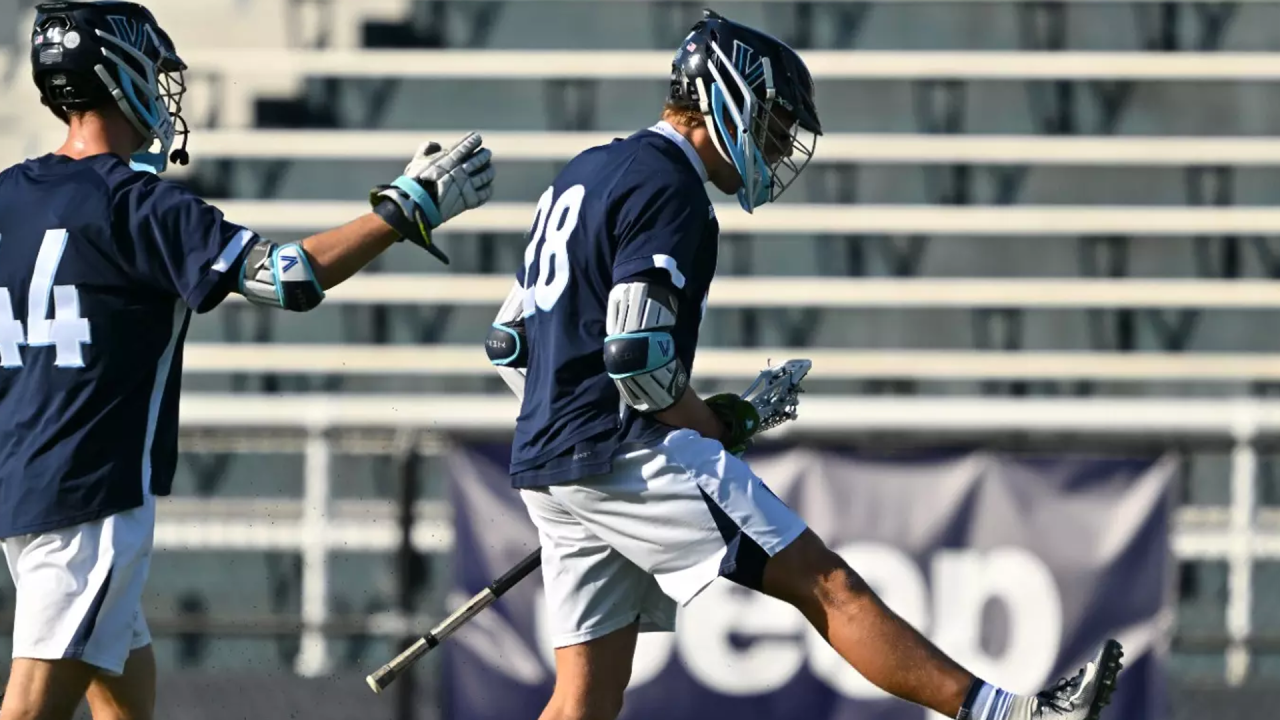
22. VILLANOVA
2024 record: 9-7 (2-3 Big East)
Last seen: Surging back from an early seven-goal deficit in the Big East final before falling 11-10 in overtime to Georgetown.
Projected starts lost: 43 of 160 (26.9 percent)
Projected scoring departing: 95 of 274 points (34.7 percent)
Initial forecast: Sometimes there’s an early upset. Sometimes there’s improvement as the year unfolds. Sometimes it’s very nearly a championship season. But no one is likely to go wrong in figuring that whatever the highs and lows of a Villanova season are, the Wildcats will find their way to at least flirt with a 10-win season and reach the Big East tournament.
Villanova will miss long pole Stephen Zupicich (51 caused turnovers), who was one of the sport’s biggest disruptors last spring. But Matt Licata (36 goals, 12 assists) is eligible for a fifth season, and redshirt sophomore Colin Michener (37 goals, 9 assists) was one of the best rookies in the Big East.
The question here, as ever, is whether the Wildcats can elevate beyond the 15th-to-25th range they reliably occupy most seasons. The glib response to that before was that they needed to beat Denver or Georgetown, and Villanova nearly picked off both in a three-day period in May. If the room between the Big East’s top two teams and the rest of the league has narrowed, the Wildcats will be well-situated to pounce on the opportunity.
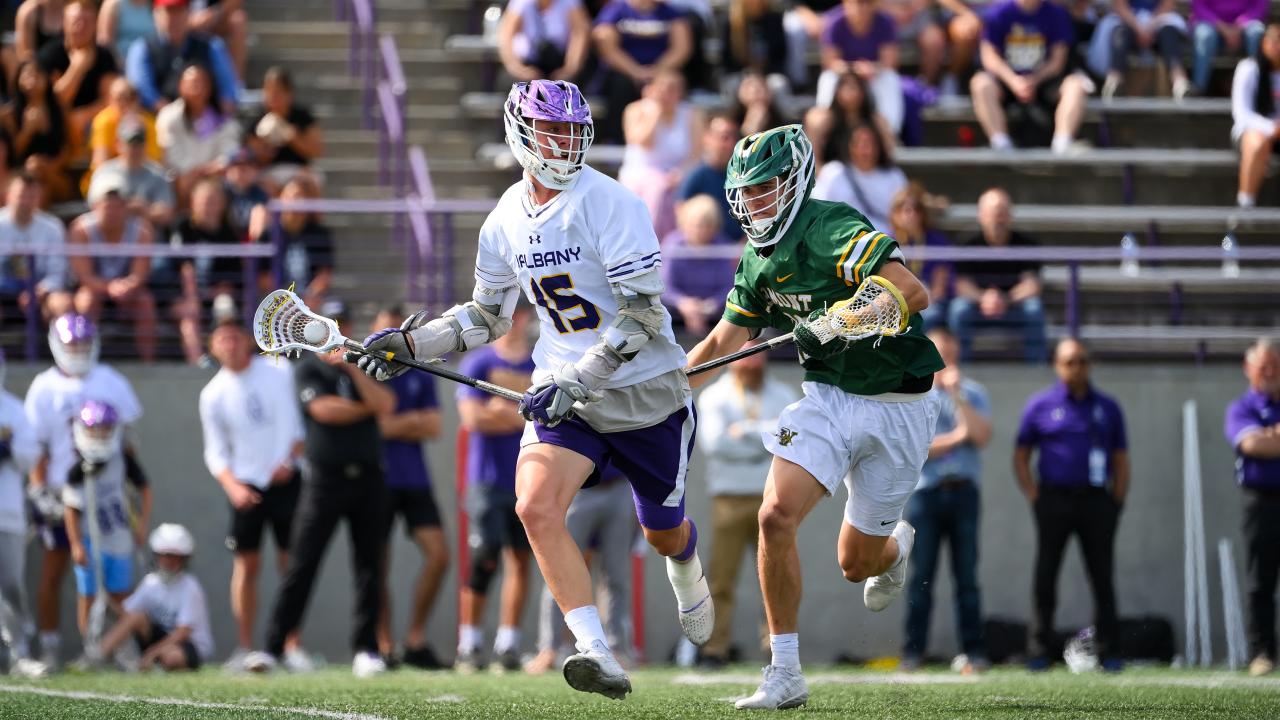
21. ALBANY
2024 record: 10-8 (6-1 America East)
Last seen: Giving Notre Dame more trouble than Georgetown, Denver or Maryland could later in the NCAA tournament, leading at halftime in South Bend in a first-round game before the Irish secured a 14-9 victory,
Projected starts lost: 42 of 180 (23.3 percent)
Projected scoring departing: 71 of 357 points (19.9 percent)
Initial forecast: The Dane Train always brings a sense of joy to the proceedings, so Albany’s return to the NCAA tournament for the first time since its 2018 Memorial Day weekend breakthrough was a welcome one for casual fans.
There are a pair of glaring losses to account for: the brilliant Jake Piseno (13 goals, six assists, 44 caused turnovers), as valuable a defensive player as there was in Division I last season, and Graydon Hogg (27 goals, 15 assists), who shot 34.6 percent in his fifth college season.
But much of the offense was clustered in Albany’s freshman and sophomore classes: Silas Richmond (46 goals, 27 assists), Ryan Doherty (37 goals, 13 assists), Jackson Palumb (19 goals, 5 assists), Alex Pfeiffer (17 goals, 7 assists) and Daniel Kesselring (13 goals, 12 assists).
Scott Marr has presided over two distinct eras of standout play at Albany. There were the mid-Aughts teams with Frank Resetarits, Merrick Thomson, Jordan Levine and Brett Queener, then the Lyle and Miles Thompson-fueled seasons that led right into teams that showcased Connor Fields and TD Ierlan.
Last year might have marked the start of a third such stretch. Perhaps that’s expecting too much, but this part is clear: the Great Danes are dangerous again.
Patrick Stevens
Patrick Stevens has covered college sports for 25 years. His work also appears in The Washington Post, Blue Ribbon College Basketball Yearbook and other outlets. He's provided coverage of Division I men's lacrosse to USA Lacrosse Magazine since 2010.

Categories
Related Articles
